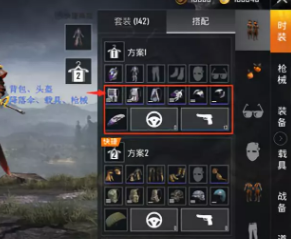crypto banks- Top Overview
From the internal structure of the market, the phenomenon of plate differentiation is more prominent. The weighting sectors such as finance in early trading once drove the index to open higher, but the follow-up of other sectors was weak. On the one hand, science and technology growth sectors, such as artificial intelligence and semiconductors, which had a large increase in the previous period, are facing profit-taking pressure. With the recent gradual increase in the valuation of related sectors, some investors choose to lock in profits, and funds flow out of these high-valuation sectors, which has a certain impact on the overall popularity of the market. On the other hand, the traditional cyclical sectors, such as steel and coal, are relatively depressed due to multiple factors such as overcapacity, environmental protection policies and fluctuation of downstream demand, and failed to form effective support after the index opened higher, resulting in the lack of core driving force for sustained growth in the market, and finally moved towards a low trend.First, today's A-share three major indexes opened higher and went lower.(B) Macro policies and news expectations
From the technical analysis point of view, today's Shanghai Composite Index has formed a K-line shape with a long shadow line, and the trading volume has been enlarged, which indicates that there is greater pressure on the top and the market divergence has intensified. If tomorrow's index fails to effectively recover today's upper shadow line, and the trading volume continues to maintain at a relatively high level, the index may seek further support. In the short term, some important moving average positions below, such as 60-day moving average and 120-day moving average, will become key support areas. If the index can stabilize near these moving averages, and with the shrinking volume, the market is expected to enter the short-term shock consolidation stage, waiting for a new direction choice. On the other hand, if the index falls below these support levels quickly, it may trigger a new round of decline, dropping to near the previous low.(C) financial and emotional factors(B) Macro policies and news expectations
At present, the global macroeconomic environment is still complex and changeable. Although the domestic economy has generally maintained a stable recovery trend, it still faces many challenges in the context of the global economic slowdown. Although the tension of international trade has eased, uncertainty still exists, and the operating pressure of some export-oriented enterprises has not been fundamentally alleviated, which has affected the market's expectation of overall economic growth to a certain extent, and then reflected in the trend of A-share market. In addition, recent fluctuations in some macroeconomic data, such as marginal changes in manufacturing purchasing managers' index (PMI), have also made investors more cautious in judging the economic prospects, which has become one of the deep-seated reasons for the lack of market confidence and the downward trend of the index after opening higher in the morning.(C) financial and emotional factorsThird, tomorrow's A-share market inference
Strategy guide 12-14
Strategy guide
12-14
Strategy guide


























